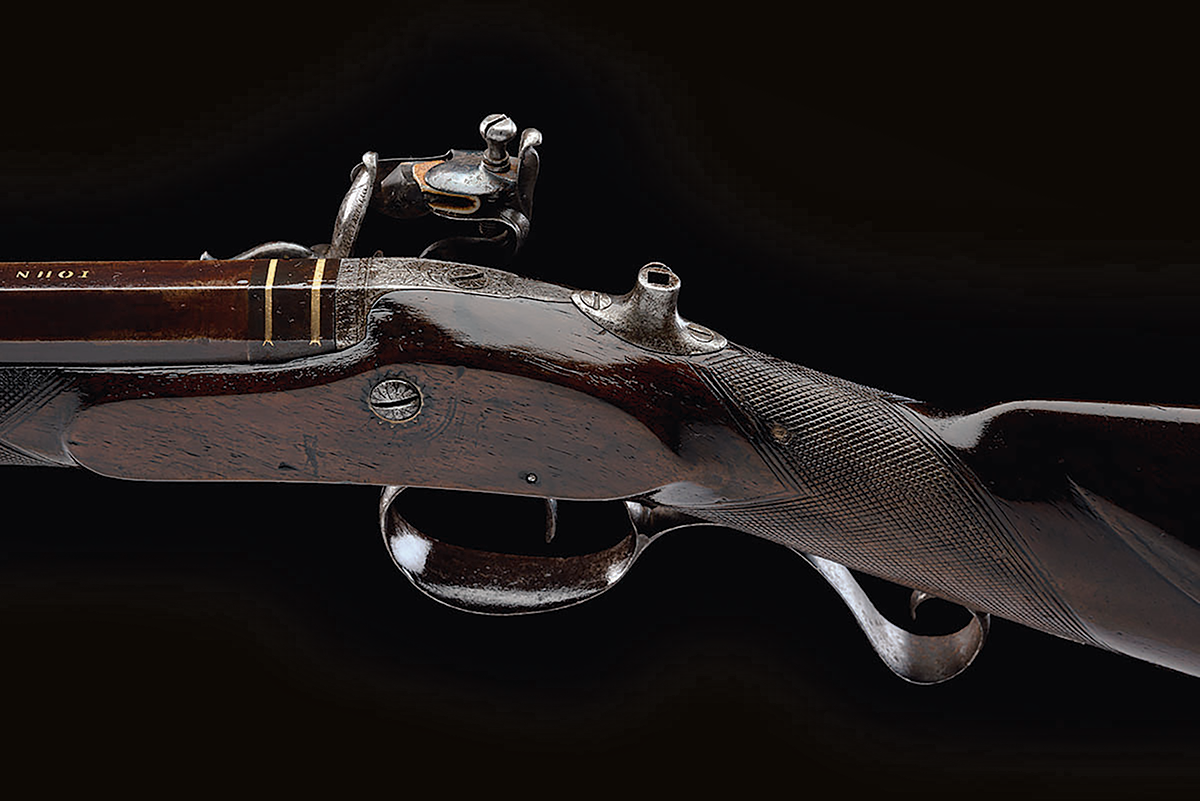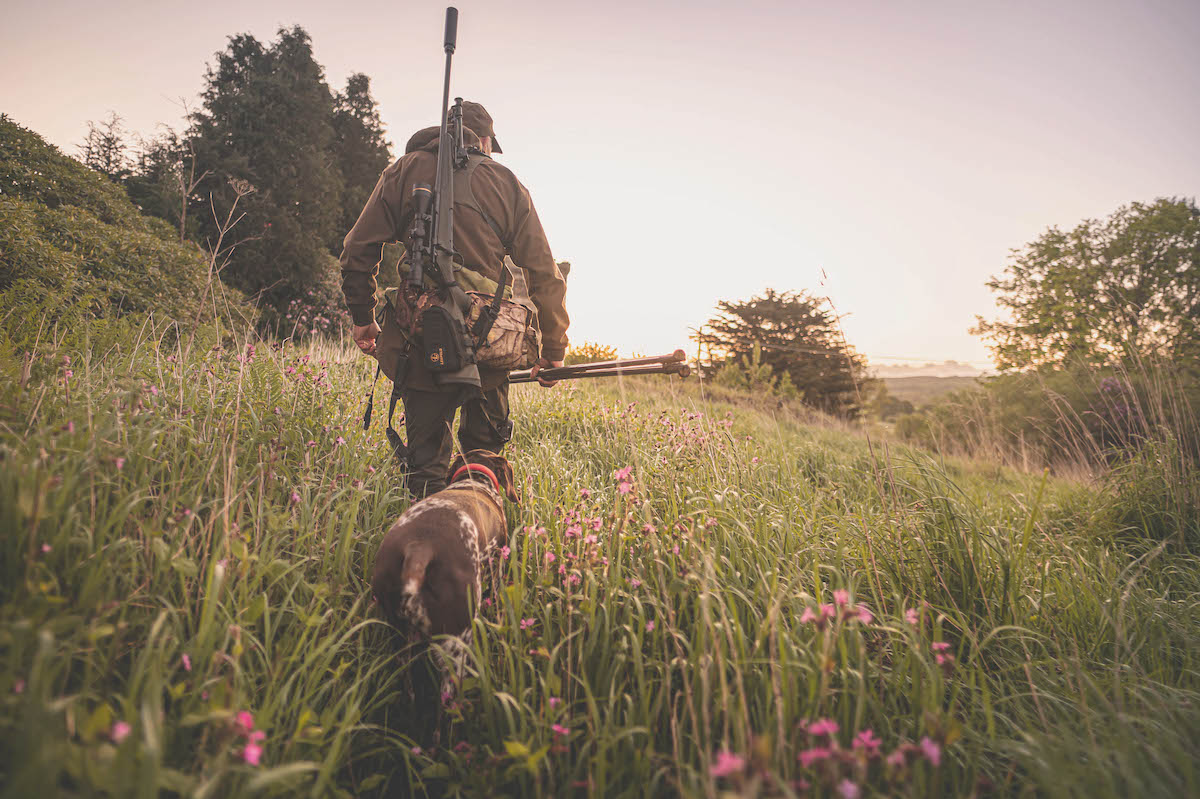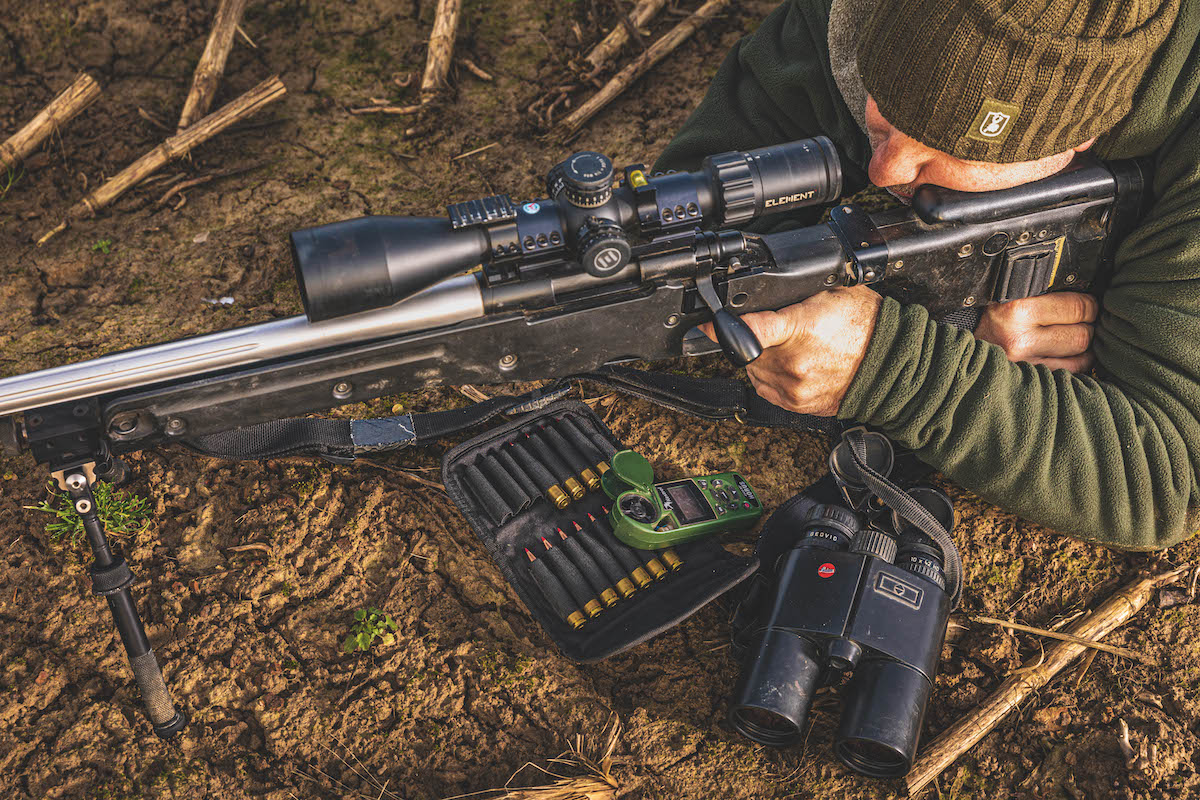The surprisingly long-lived history of the sporting rifle
The sporting rifle in the hands of a deerstalker dates back earlier than many realise, writes Diggory Hadoke

Stalking rifles were a costly outlay in the mid to late Victoria period
A young Prince William — now the Prince of Wales — shot his first Highland stag at Balmoral aged 14, as was widely reported in the press at the time. The announcement was in no way unusual for members of his family; an illustration in The Times from 1858 shows his Victorian forebears engaged in Highland stalking on the very same estate.
Stalking has been a passion of the royal family and the landed gentry for as long as firearms have been available to sportsmen. The rifles that evolved as the sport gained popularity in Britain improved dramatically during Queen Victoria’s reign.
The history of stalking deer with firearms in Britain began in the flintlock era. However, it required several step-changes in ignition system, barrel making, bullet design, sighting and loading operation to arrive at what we consider the modern stalking rifle.
But the creation of an easily portable sporting rifle, capable of reliably killing deer at ranges from 50 yards to 200 yards, as the majority of us do today, arrived in the stalker’s hands earlier than many people might suppose.
As with many of the earliest improvements in firearms, rifling originated in Europe, probably Austria or Germany, in the late 1400s. A matchlock rifle that belonged to Emperor Maximilian I (king of Germany), and which has been reliably dated to around 1500, still survives. It has a bronze barrel with 12-groove rifling and a slow twist. He used it to hunt chamois.
Accurate projectile
English mathematician Benjamin Robins, in 1742, did some useful calculations and proved that arrows were more accurate and travelled further when the feathers were set at angles that caused the arrow to spin in flight. Likewise, a spinning ball not only hit harder but it travelled truer through the air and was therefore more accurate.
Late 18th-century rifles were flintlocks, a method of ignition that created all kinds of practical problems for the deerstalker. That notwithstanding, American deer hunters were reported by British officers as capable of hitting a man’s head at 300 yards. They learned this during the War of Independence, to their cost.
Those rifles and skills were developed through a lifetime of hunting in the forests of the New World. The flintlock had been in use for 200 years by then, and by the time James Purdey was employed by Joseph Manton, it had been perfected in Britain to the extent of what was possible.
The first major change came with Forsyth’s 1807 patent using fulminates in an enclosed lock to detonate the powder charge. It was then a fairly quick step up to the 1818 Manton-patent tube-lock and then to percussion cap, which, by the 1820s, was making inroads. Purdey made his first percussion gun in 1822.
With the introduction of copper percussion-cap ignition, the rifle became a more practical stalking tool. It was more impervious to foul weather and was faster and less messy to load. Its arrival also coincided with the development of the railways, making the Highlands more accessible to English stalkers, whose passions were stirred by the example of Queen Victoria and her husband Prince Albert, who were enthusiasts both for Scotland and for deerstalking.
The Purdey 16-bore single-barrelled rifle of 1839 typifies the stalking rifle of the day, if one was fortunate enough to be able to afford it. It has 10-groove rifling and is sighted to 200 yards. Stalkers then often hunted with two rifles, the second carried by his companion (usually a guide or keeper) and passed to him ready in case a second shot was required.
Purdey made his first double rifle for deerstalking in 1827, a trend that was to catch on, as it dispensed with the need for a second rifle.
Muzzle-loading, however, still created a number of obstacles for the seeker of accuracy. An ill-fitting ball bounces up the barrel and then flies off in the vague direction of the target. A tight-fitting ball flies truer. Unfortunately, it is hard to force a lead projectile down a barrel if it is a tight fit.
Greased patches were therefore introduced and used to help obdurate and create a gas-tight seal, as well as helping to stabilise the ball as it travelled down the bore when fired. Early rifling was shallow, so as to make forcing the patched ball down the barrel easier. This plan was commonplace from the early to mid-1600s.

An 1833 Purdey double-barrel 16-bore stalking rifle, which cost Lord Ossulton £73.10s

An early Purdey single-barrel 70-bore (.400) percussion rifle, made for Purdey’s son-in-law Joseph Land in 1828
Projectile improvements
Projectiles improved further, morphing from spheres to pear-shaped to conical bullets, like the 1826 Minié bullet, which had an iron plug in the base. Upon firing, this plug forced the lead skirt to expand and fill the bore, making the rifling grip the bullet.
By the 1830s, Purdey had settled on 10-groove rifling, a lead-patched ball and a 1 1/2 dram load of No 6 powder in a 16-bore percussion rifle made for red stag stalking in Scotland.
An early improvement to accuracy was to make bullets with ‘wings’ or ‘belts’, and two corresponding grooves in the bore into which they fit. John Dickson was an early adopter of this idea and his 1840s ‘two-groove’ rifles were very effective and widely adopted for deerstalking in his native Scotland, as well as abroad.
Purdey also improved his stalking rifles when he introduced his ‘express’ rifle concept, which was essentially giving a name to what John Dickson was already doing, in the 1850s, using similar two-groove projectiles and barrels. These two-groove rifles required slower and more deliberate loading than military rifles could afford to indulge but for stalking they delivered greater accuracy.

Queen Victoria’s 1854 sketch of five stags and a hind laid out after a successful stalking trip
Dickson’s two-groove rifle demonstrated consistent hits on a 5ft square target at 1,100 yards during trials in 1852. Most sporting rifles, however, had leaf sight for 100, 150 and 200 yards, which is perfect for deerstalking in most British scenarios, even today.
Another innovation, now almost universal to stalkers, is the telescopic sight. Dickson was experimenting with these in the 1840s and building rifles with telescopic sights fitted in the 1850s.
These sights were made by Alexander Adie & Son. They were acclaimed in the sporting press of the day, establishing what would, even now, be considered an effective stalking rifle; one shooting accurately and lethally out to 200 yards and equipped with optics that maximise performance.
Deer rifles of the 1850s could be percussion muzzle-loaders with either double or single barrels. By this time, 30-bore was a popular calibre for the job and rifles were supplied cased, with the requisite powder flask, bullet mould, wad-cutter, cap box and so on.
An 1859 review by the editor of The Field described Purdey’s two-groove express deerstalking rifle as an 8¼lb 40-bore, with a barrel of 32in, firing a ½oz projectile over a 2½ dram powder charge. He contends that “at ranges to 300 yards, very little elevation of the sights is required”. The rifling was one turn in 6ft.
Expensive tools
Stalking rifles of the early to mid-Victorian period were expensive. A best London single-barrel stalking rifle in 1828 was £36.15s, and by 1840 it was £42.0s. Doubles were even more so, costing £73.10s from Purdey in 1830. Prince Albert ordered a pair of Purdey 14-bore double-barrelled stalking rifles in 1848 for £168.0s. To put these prices into perspective, the cost to a gentleman of employing a cook, a house maid and a nursery maid for a year cost just £41.0s in 1830.
We may think of our modern .270 or .300 Win Mag as essential for effective Highland stalking today but deer were, and can be, killed successfully and consistently with mid-19th century muzzle-loading percussion rifles.
There is a sketch, in the Royal Trust Collection, by Queen Victoria, of six deer laid on the ground in a line, dated September 1854, with the following notation: “Killed with six shots, five stags and a hind out of one lot, which is quite wonderful and almost unheard of!” I might not mention that when I sit my DSC exams later this month.









